How to stop a dog nipping or biting when it's excited, by expert trainer Ben Randall
A dog that starts nipping, biting and mouthing when it's overexcited may not mean any harm, says Ben Randall, but it's something which just can't go on. Here's how to handle the issue.

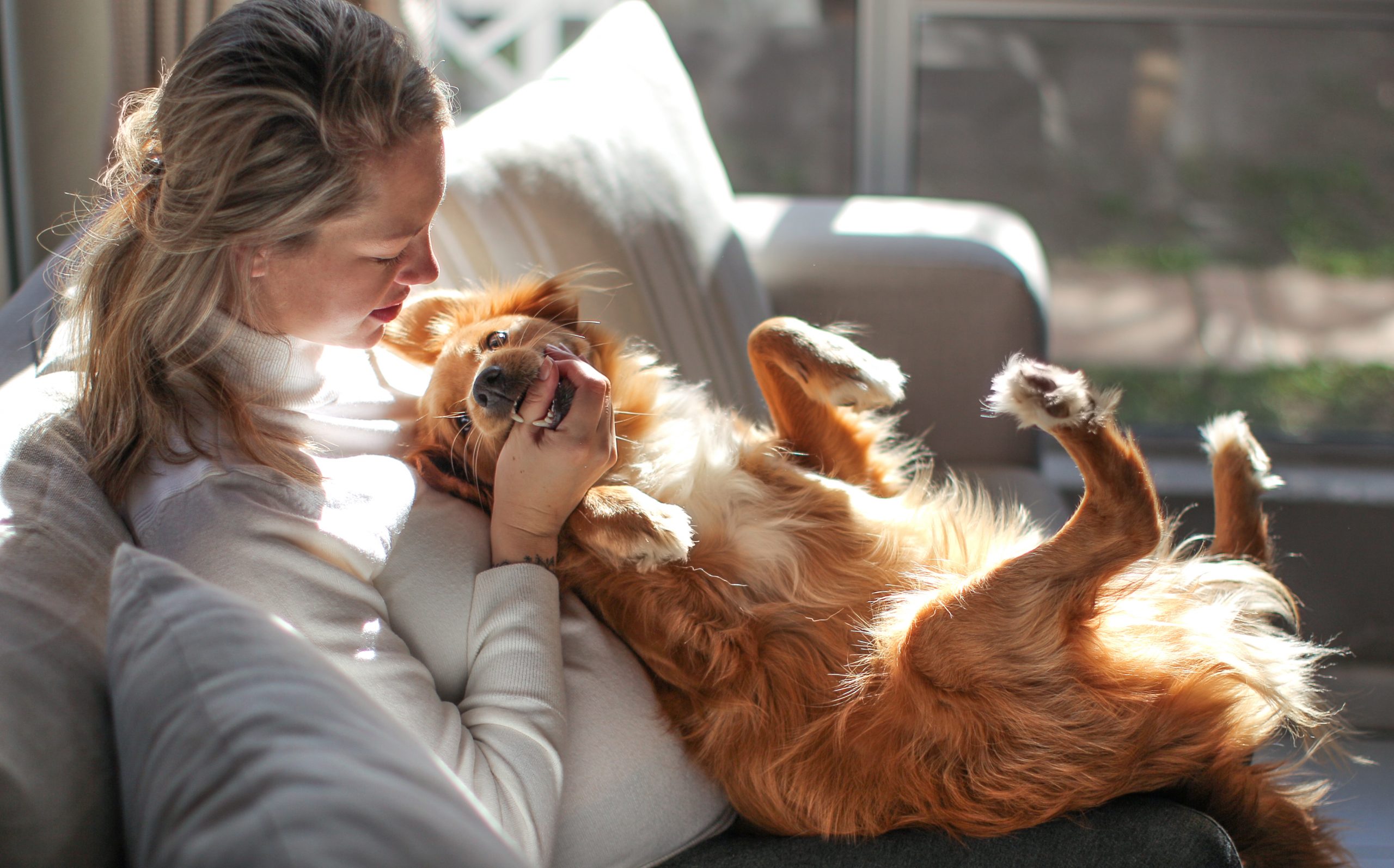
A dog with a sense of fun can be a good thing, but what happens when it goes too far? When you have a dog who goes over the top when he or she gets overstimulated? That’s the problem facing this week’s reader, whose dog’s enthusiasm seems to be prompting some rather worrying behaviour.
'Hi Ben, my dog — an 18-month-old springer spaniel — is a lovely family pet and generally very obedient, but when he gets really overexcited he has a tendency to nip people. Usually it happens when he's seeing people that he's not seen for a while, or sometimes while playing a game. It's done quite gently, and he's very sorry almost immediately afterwards, but obviously we want to stop it from happening at all. What can you suggest?' — P.R., Surrey
I've covered a similar topic in the past in my Beggarbush (BG) training columns for Country Life, though that case was little different as it was what to do with a puppy who’s biting people — it’s fairly normal for them to go through a nipping stage. By the sounds of it, though, I’m afraid you’ve missed the chance to nip this behaviour in the bud, now that it’s an older dog. But don’t worry: these things can happen, and we can fix it.
My view is 100% that this cannot continue. I know you’ve said that your dog is doing this gently — mouthing if you like — but I always look at it like this: if a young child were to be nipped on the face by your dog behaving like this, it could scar that person for life both physically and mentally. Hence this is behaviour that has to be stopped ASAP.
In most circumstances, dogs that behave this way have become spoilt. I see it a lot with dogs who’ve been taught via bribery: they’re dogs who jump up on people and nip to get attention, rather than sitting patiently and calmly waiting for attention to come to them. It’s a like a child who’s constantly nagging and calling, shouting out for their mum endlessly: “I want! I want! Me me me NOW!” That’s not nice behaviour for anyone to see — but it can be sorted out. Here’s how.
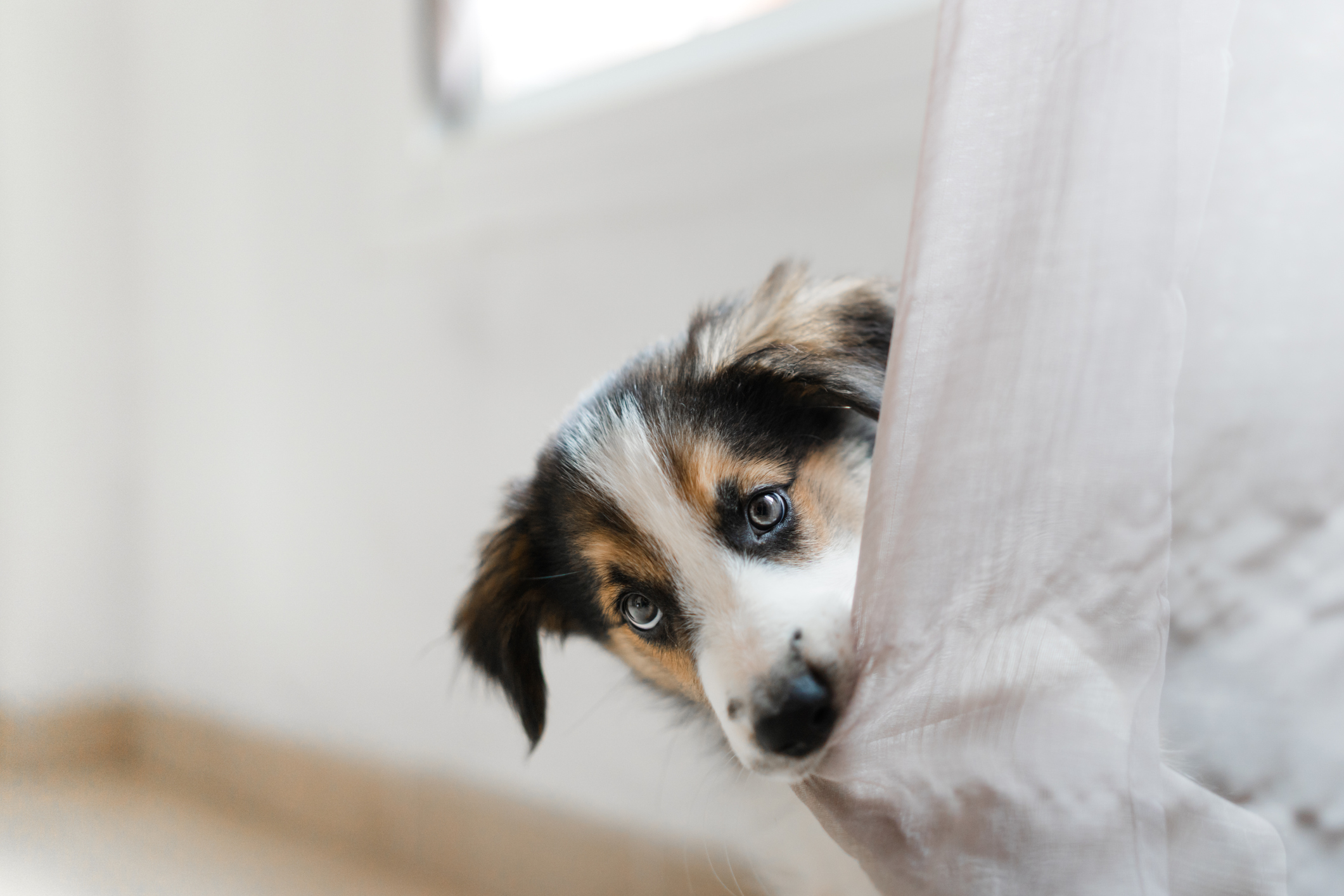
How to stop a dog who nips or bites when they get excited
1. Reboot your relationship with your dog
When I have a dog acting in this way, I need to reset this dog’s mind in terms of how it sees me as the handler, and how it sees itself in that partnership.
I start by re-teaching the main commands — teaching the dog to leave things, how to sit and even how to get the dog to walk to heel —with the aim of teaching the dog to be much more patient, and much calmer.
2. Mealtimes are key
Regular readers will have heard me talk about this before, but I can’t emphasis it enough: if you can’t get your dog to sit calmly for something as simple and regular as dinner, how will we get it to behave more calmly when it’s stimulated much more, such as when interesting new people enter the house?
Exquisite houses, the beauty of Nature, and how to get the most from your life, straight to your inbox.
So start with mealtimes as you aim to create a calm, relaxed atmosphere – with the dog always earning praise and reward not for doing things, but for its calm, patient behaviour.
Start by putting the bowl of food down and asking him to sit without coming forwards to eat. I’d like him to sit for a period of time in calm, relaxed mode until I release him to have his food. And not just a few seconds: perhaps you could make a tea or coffee while he’s waiting there; or leave the room briefly to get something, even putting the shopping away. This will keep him distracted, but also calm.
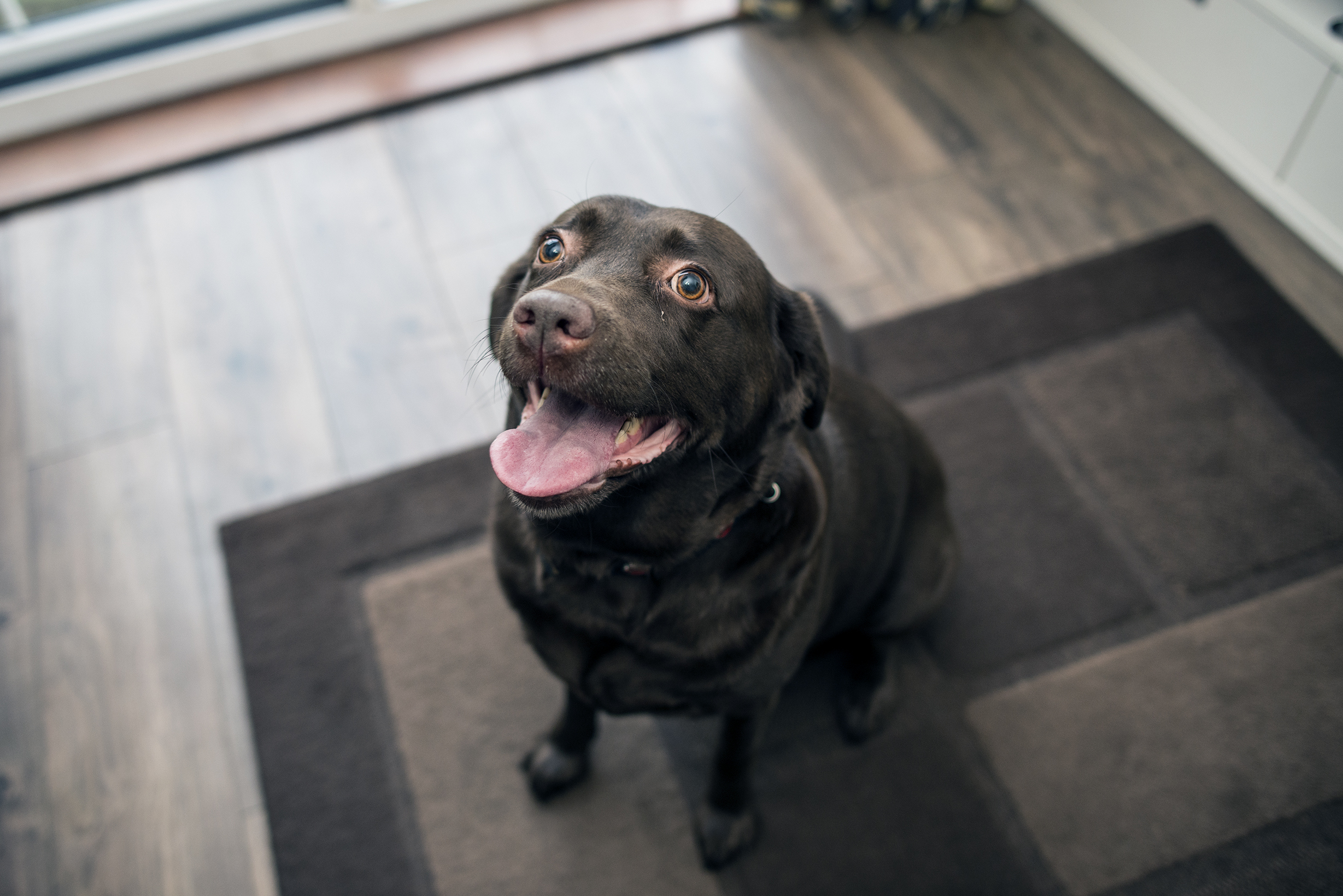
3. Master the leave command
Once you’ve established the routine at mealtimes you’ll already have a dog that’s much calmer and more relaxed, and you’ll be able to practice this at other times of the day too, perhaps asking him to calmly leave a toy, or something else he loves to play with. The leave command is the biggest weapon in your arsenal.
So with a dog who is generally calm and relaxed, what do you do if he still gets overexcited and continues to jump up or nip? It’s time to step in with a firm, verbal ‘leave’ command. I’d then point to an area and ask the dog to go ‘in’ — it could be any another space, whether that’s his crate, bed or another room. Then, once the dog is in a calm state in the new area, I’ll walk past and praise or kibble reward the dog for the behaviour.
4. Simulate the situations that overexcite the dog, over and over again
Training this behaviour will be impossible if you only do it whenever the doorbell goes: you need to simulate the situation over and over. If it’s new people coming in to the house that sets the dog off, get friends and family to come over repeatedly one weekend, so you can practice calm behaviour — and the ‘leave’ then ‘in’ commands — multiple times per day, if needed. And keep your goal in mind all the time: you’re teaching calm and patience, and making absolutely sure that your pet responrs to ‘leave’ and ‘in’.
5. Be confident — this WILL work
With all these training lessons combined, within a week – if not less – you’ll start to see a different dog and different behaviour. And the more you believe that, the more likely it’ll be to work quickly. One of the most important things in human psychology is getting someone to be confident in what they do, and the task they have to complete. If you’re confident, you have the tools in your box to teach your dog not to do this.
And there’s another reason I know it can be done. As I sit here working on this article I’m having a spot of scrambled eggs on toast for my lunch, being watched intently by my border terrier. She’s staring at me, but she’s not begging or whining, or jumping up to my legs. She knows she can trust me, and is calmly waiting for her reward: that last bit of toast I always save her before I put the plate in the dishwasher!
For more detailed advice about Ben Randall’s positive, reward-based and proven BG training methods, one-to-one training sessions, residential training or five-star dog-boarding at his BGHQ in Herefordshire, telephone 01531 670960 or visit www.ledburylodgekennels.co.uk. For a free seven-day trial of the Gundog app, which costs £24.99 a month or £249.99 a year, visit www.gundog.app/trial
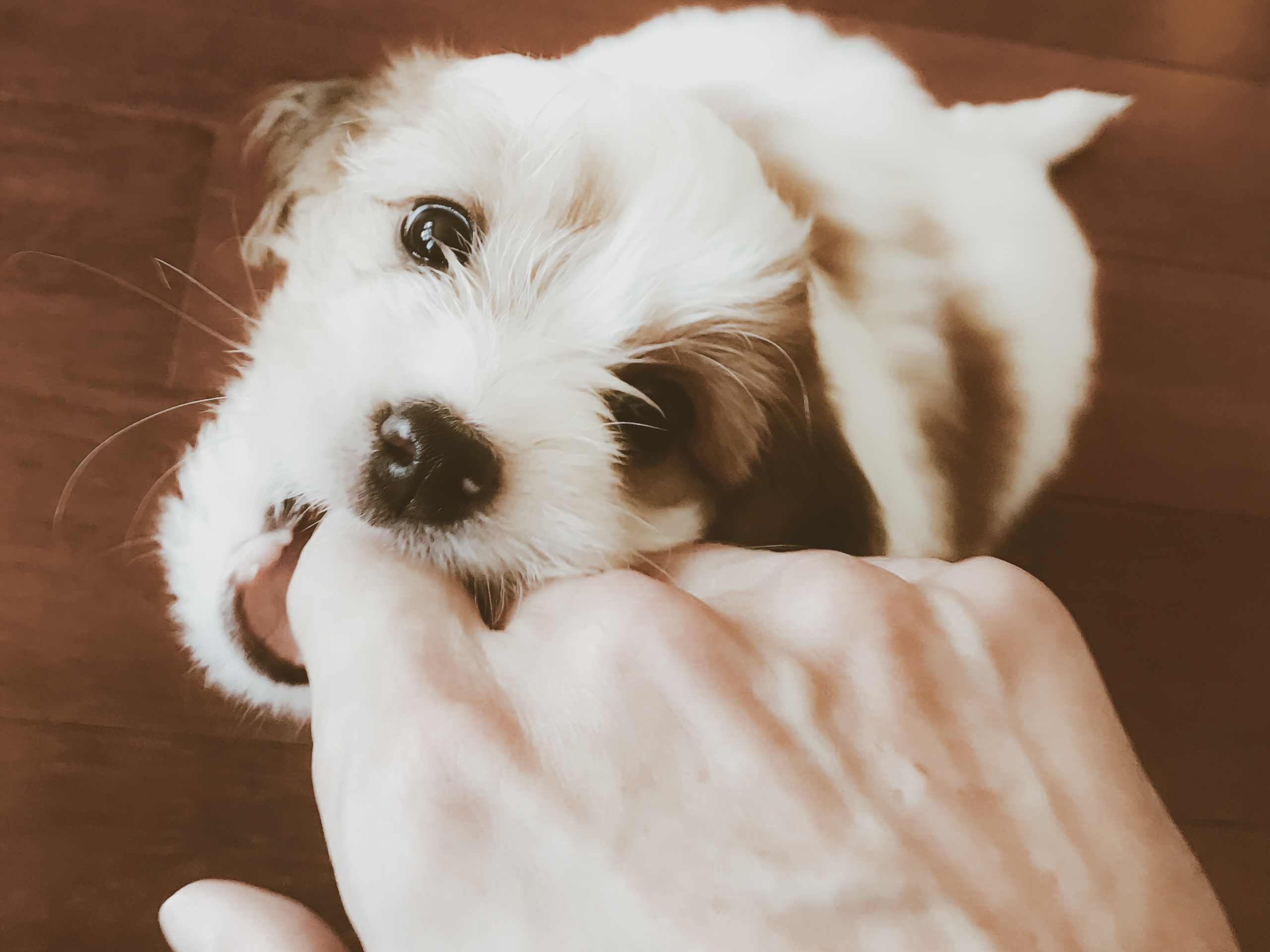
What to do if your puppy keeps biting you, by expert trainer Ben Randall
Getting a new puppy is a joy — most of the time. But it's not always easy, especially if your new
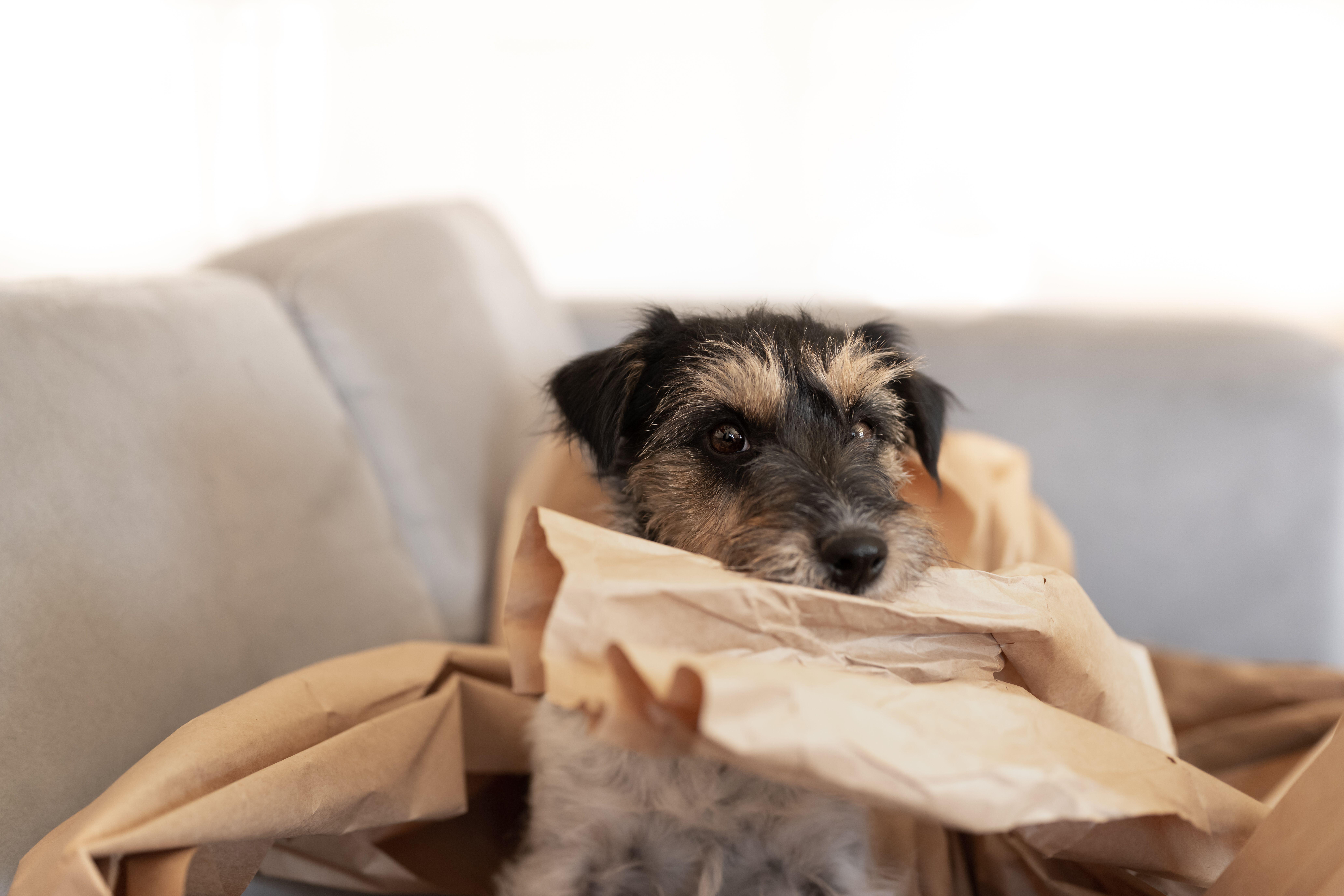
How to stop resource guarding in dogs, by Ben Randall
Resource guarding is common in dogs — but it can be solved. Award-winning dog trainer Ben Randall explains how as he

What to do if your dog is scratching things at night, by expert trainer Ben Randall
An older dog's new habit is the subject of this week's Paws For Thought, with Ben Randall explaining what to

How to stop a dog getting jealous when you're playing with someone else's pet, by expert trainer Ben Randall
Dogs are loyal, faithful and delightful partners in your life — but they're no more immune to the green eyed
